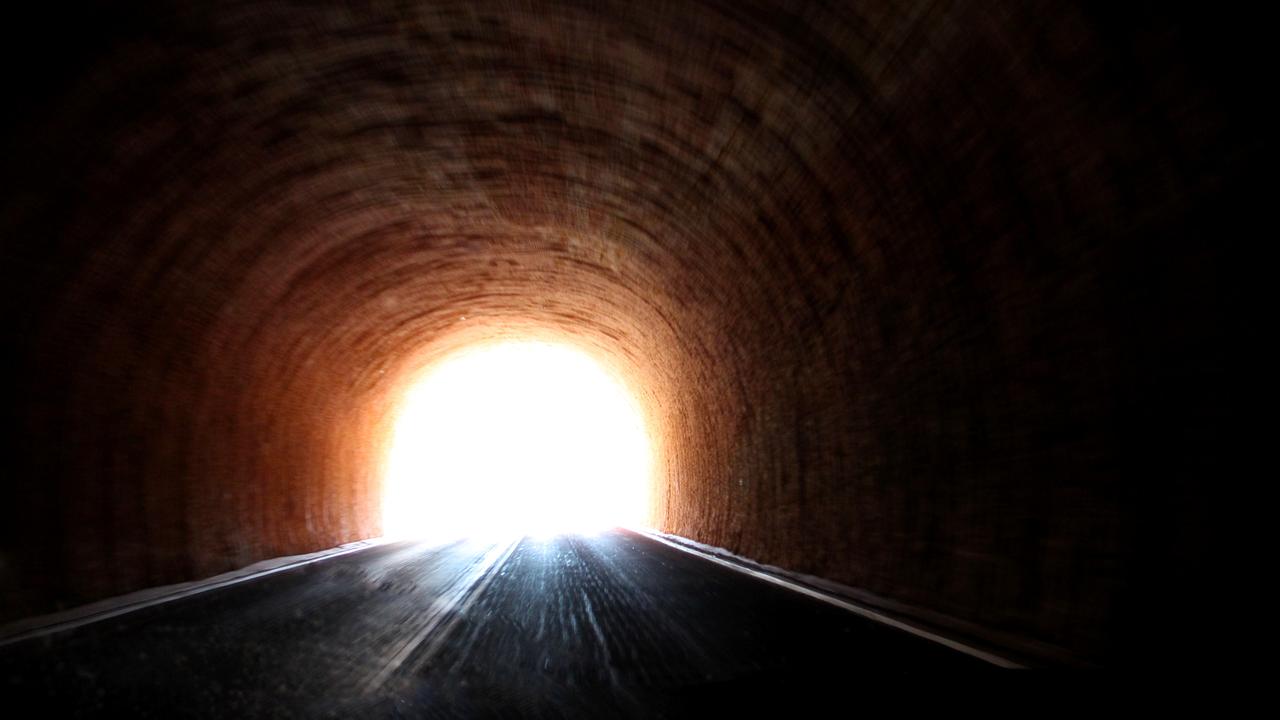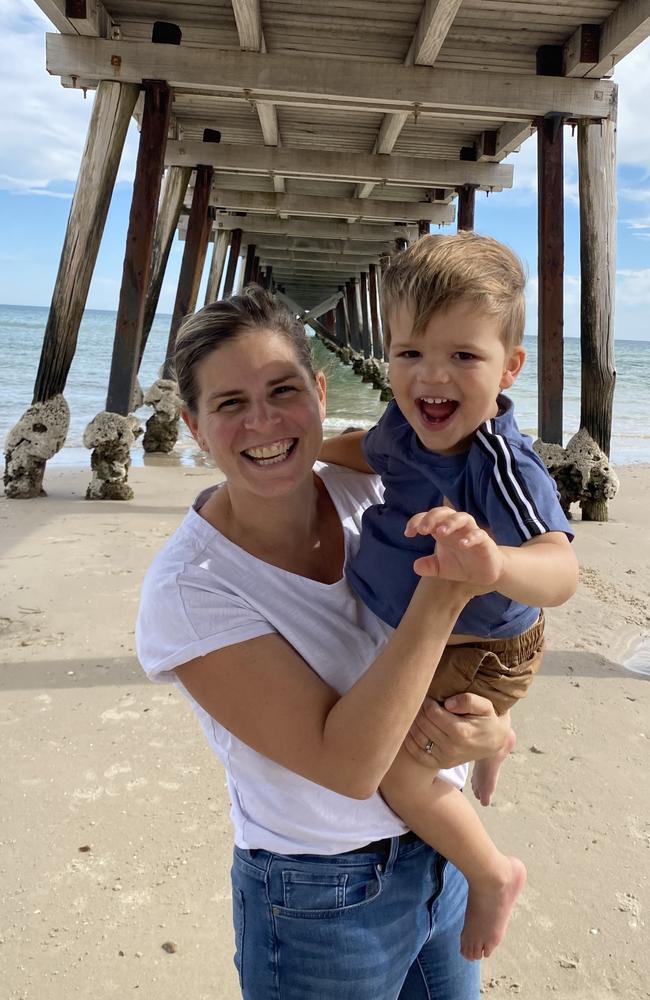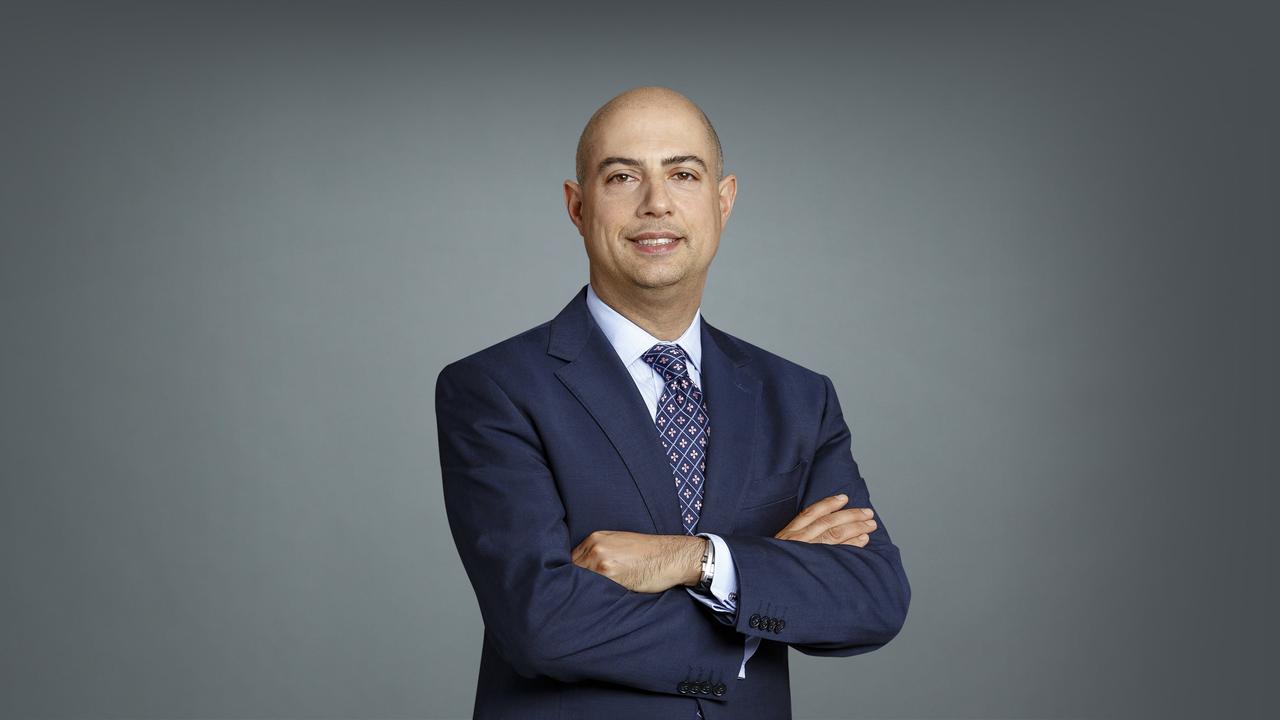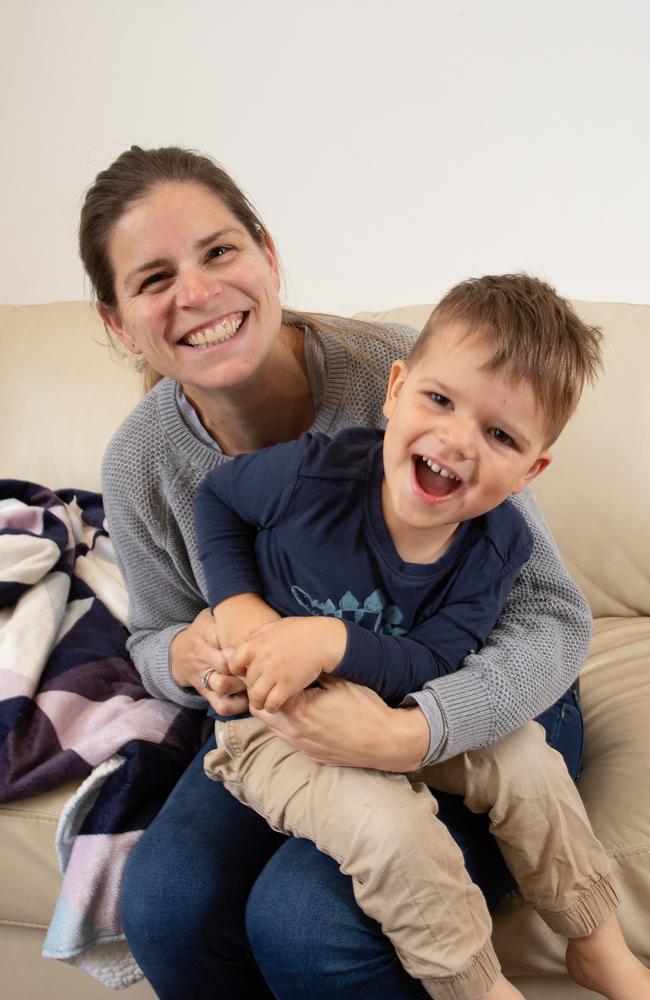‘Go back’: Study suggests near-death experiences are real ‘other dimensions of reality’
A groundbreaking study suggests the phenomenon of a near-death experience is not a dream or delusion, but “another dimension of reality”.

Rachel Toyer remembers feeling eerily calm and totally at peace, despite the fact she was seriously injured and lying on the side of a Sydney freeway.
The teacher had just climbed out of her totalled car, which had been hit by a semi-trailer, and wandered about 20m down the busy road.
After collapsing in a heap, Ms Toyer had a near-death experience that changed the course of her life.

“It was about a decade ago,” she told news.com.au. “I was on my way home from a funeral when this huge truck drove into my door. It spun my car three times, then squished it against the wall of the motorway.”
The truck fled the scene. What she recalls happening next continues to baffle her all these years later.
“I remember I got out through my passenger window because the door wouldn’t open. I was dazed. I walked into [traffic] but no one stopped.”
Ms Toyer believes she called triple-0 but was very confused about where she was. The call didn’t seem to make any sense.
“I was convinced I was dead because no-one was stopping and the phone call seemed to be in a useless loop, so I walked 20m away from the car and lay down in the gutter so I could go to heaven.”
What followed was a “very surreal” but overwhelmingly peaceful experience, she said.
“I wasn’t scared. I remember feeling disappointed because I hadn’t had a baby yet, but accepted that this must have been why – to prevent the baby from being without a mum.”

A passing motorist saw her lifeless body on the side of the road and called an ambulance.
“I felt so calm. It was only when my then-boyfriend arrived on the scene that I realised I hadn’t died.”
Rather than a delusion or a dream, a new study suggests her experience may have been a kind of “other dimension of reality” – the sort of things famously experienced by many people who come close to death but manage to make it back to the mortal world.
Published in the medical journal Resuscitation this week, the groundbreaking research by a team of American scientists and doctors probes the notion of near-death experiences with staggering results.
It is the first study of its kind to offer clear evidence that brainwaves and activity patterns in patients in cardiac arrest correlate with the types of recounted experiences of lucid visions, life flashbacks and out-of-body sensations.
Sam Parnia is an intensive care doctor and a professor at New York University’s Langone Health department of medicine.
He led the multi-year study that saw researchers observe CPR procedures in more than 500 patients across 25 hospitals around the world between 2017 and 2020.
Using Electroencephalogram readings, they observed periods of heightened consciousness in dozens of patients – some occurring up to an hour after a heart attack.
A number of people in the midst of heart attacks, during which they were technically dead or close to it for a period of time, showed tangible markers of extremely lucid consciousness.
“Although doctors have long thought that the brain suffers permanent damage about 10 minutes after the heart stops supplying it with oxygen, our work found that the brain can show signs of electrical recovery long into ongoing CPR,” Dr Parnia said.

Most of the patients observed over the course of the study ultimately died – just 53 overall were successfully resuscitated.
Of those, 11 reported having some sense of awareness after their heart had stopped, while six said they had a near-death experience of some kind.
One patient recalled seeing their father while another heard their grandmother’s voice telling them “you need to go back”, the paper reveals.
One could see themselves standing next to their own lifeless body in a hospital bed. Another was surrounded by darkness but could feel someone holding their hand.
According to one: “I was no longer in my body. I floated without weight or physicality. I was above my body and directly below the ceiling of the intensive therapy room. I observed the scene that was taking place below me … I, who no longer was the body that had belonged to me just a moment prior, found myself in a position which was … more elevated. It was a place that had nothing to do with any kind of … material experience.”

An experience of another patient involved entering a tunnel while feeling “intense peace” that was “so calm and serene with an incredible amount of tranquillity”.
A patient who emerged from a coma claimed to have been able to hear their partner and son talking to them while they were unconscious.
The study suggests there is a period between life and death in which “new dimensions of reality” are experienced, Dr Parnia and colleagues wrote in their paper.
Those dimensions appear to include “people’s deeper thoughts – all memories, thoughts, intentions and actions towards others from a moral and ethical perspective”.
Their experiences were of a heightened level of consciousness they had never experienced before, Dr Parnia said, with thoughts that are sharper and clearer than ever.
Near-death experiences have been the subject of popular culture and fiction for generations, often portrayed as profoundly life-altering events.
One of the participants in the study conducted by Dr Parnia and his colleagues spoke of a “being of light” standing near them, “looming over me like a great tower of strength”.
While the being radiated “warmth and love”, the patient said it displayed glimpses of their life from the viewpoint of those around them.
“I was shown the consequences of my life, thousands of people that I’d interacted with and felt what they felt about me, saw their life and how I had impacted them. Next I saw the consequences of my life and the influence of my actions.”

For Ms Toyer, her experience was definitely life-changing.
The regret she felt when she thought she was dead, about not becoming a mother while she could, sparked a difficult conversation with her partner.
When it was clear he didn’t want to have kids, the pair split up. In the end, Ms Toyer became a single mother by choice with the help of IVF.
She and her young son Arlo now live in Adelaide. She chronicles her adventures as a solo mum on social media to a large following.



